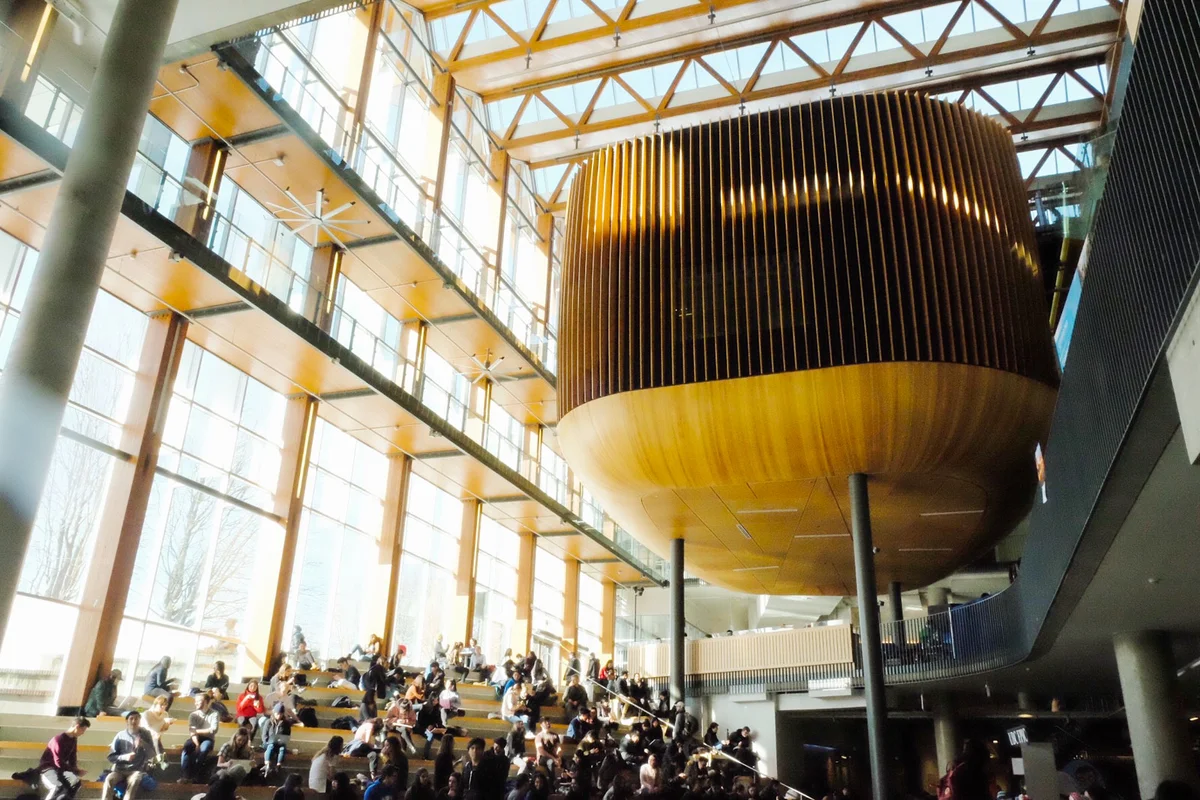
The AMS is planning to install a new air conditioning system in the Nest to cope with the potential rise of temperatures due to climate change.
According to a new report recently released on the AMS website and presented in a February 5 Council meeting with an update at the February 26 meeting, the new air conditioning system is set to resolve the overheating problem in the AMS Nest during summertime.
Expected to cost $250,000, the new system is designed to maintain tolerable temperatures despite the potential rise of an average of 2.5 degrees Celsius by the year 2050 — all while maintaining the current requirements of the Leadership in Energy and Environmental Design (LEED) Platinum certification for the Nest.
Opened in 2015, the Nest is not only home to many student organizations but also a space for activities on campus. With the population of users and staff growing every year, complaints of overheating are becoming more common, especially in the summertime.
“The building is really hot during the summer,” said AMS VP Administration Cole Evans.
“Ever since the building opened, we’ve received a lot of feedback from not only the users of the building but also from student groups on campus who come and book [a club space] in the Nest building. This has led to not only comfort issues, but also had led to some operational issues as well.”
The project comes after the AMS invested $88,000 in early 2019 to install air conditioning in servery and IT rooms.
Due to heat-producing appliances like industrial dishwaters and computer servers, the rooms could reach temperatures approaching 100 degrees, making for intolerable work conditions.
The Nest’s cooling strategy is mainly generated by passive ventilation and convection, meaning enclosed rooms for office space and staff don’t benefit as much from the system because they’re closed off.
The Nest has been divided into five different cooling zones. Rather than relying on natural outdoor wind, the new air conditioning project will add air handlers to zones prone to overheating, including the second floor, AMS offices on the third floor and administrative space for student services. The main floor will remain cool due to natural air exchange.
While claiming that maintaining energy efficiency in the Nest is still the priority to the AMS, Evans also admitted that the new air conditioning project is going to produce extra carbon emissions.
“Sustainability really needs to be at the core of what we do. Not just environmentally, but economically and socially as well,” said Evans. “With this project, we’ve actually developed a plan to reduce our overall emissions.”
According to the AMS report on the Nest air conditioning upgrade, there’s a potential to increase the solar panels on the roof of the Nest, which can be used to reduce the carbon footprint of the building.
“[The solar-powered] air conditioning system will actually be reducing our dependency on the UBC electrical grid and also reducing our overall impact on the environment as well,” said Evans.
Evans also mentioned that the process of the new air conditioning installation is still in exploratory stages at this moment. The students can expect the new air conditioning system to be implemented by late 2020 or early 2021. Student activities inside the Nest will not be affected by the installation.


![['auto']](https://storage.googleapis.com/ubyssey/media/renditions/screen_shot_2020-02-18_at_9.09.26_pm.original.png)